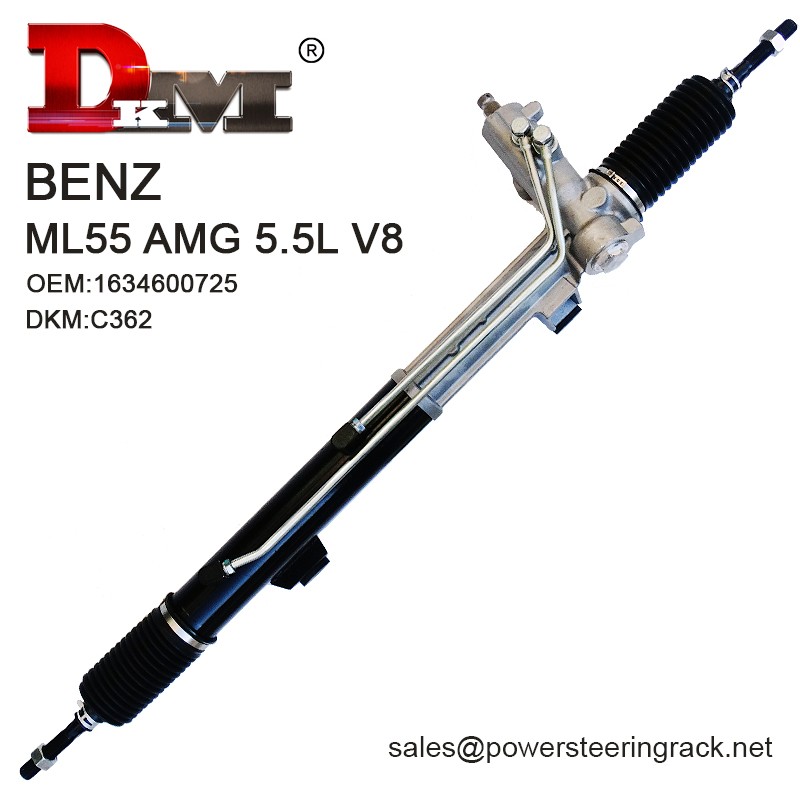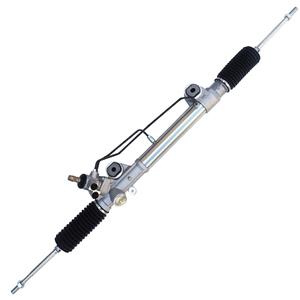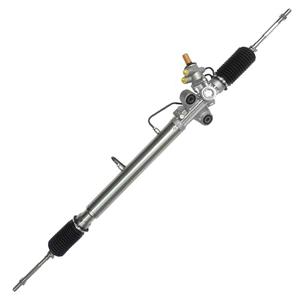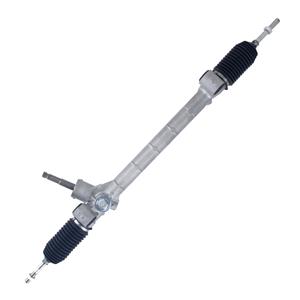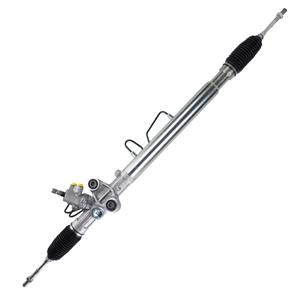Which brands of vehicles use hydraulic power steering racks?
Among the many brands of automobile manufacturing, hydraulic power steering rack, as a traditional and widely used technology, still occupies a place in many models. Although the popularity of electronic power steering (EPS) systems in recent years has gradually reduced the use of hydraulic power steering (HPS) systems, many well-known brands of vehicles still insist on using hydraulic power steering racks in specific models.
So which brands of vehicles still rely on this system? This article will explain it to you in detail.
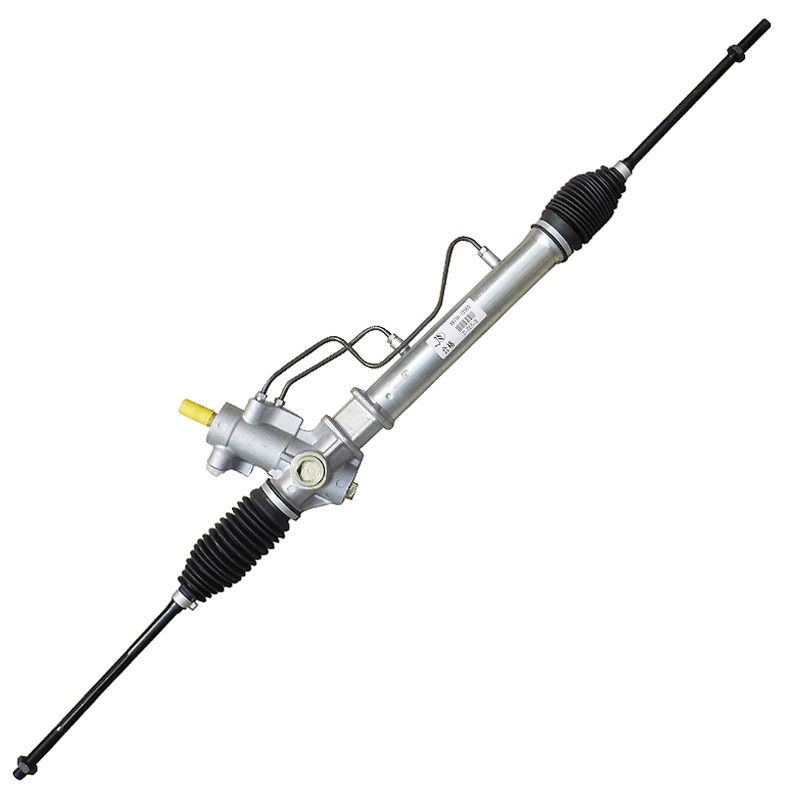
What are the basic principles of a hydraulic power steering rack?
Before getting into specific brands, it's worth briefly reviewing the basic principles of hydraulic power steering racks. The hydraulic power steering rack mainly relies on a hydraulic pump to provide power assistance. When the driver turns the steering wheel, the hydraulic pump sends hydraulic oil through the pipeline to the steering rack, thereby producing steering assist. This design can significantly reduce the driver's operating burden, especially at low speeds or when parking.
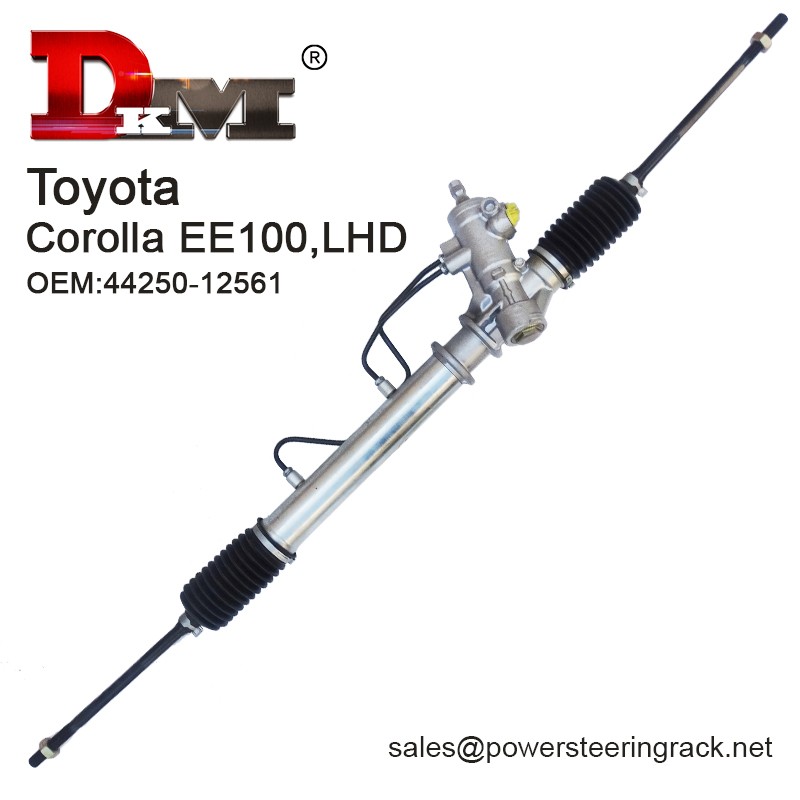
Which brands of vehicles use hydraulic power steering racks?
Toyota
Toyota is one of the world's largest automakers, and many of its models have or still use hydraulic power steering racks. Although Toyota has switched to electronic power steering on most new models in recent years, hydraulic power steering has retained its place in some classic models and in select markets. For example, models such as the Toyota Hilux and Land Cruiser sold in some countries still use hydraulic power steering systems. These models are usually designed for off-road and heavy-duty environments, and in such environments Under the circumstances, the durability and reliability advantages of the hydraulic steering system are more obvious.
Ford
As an old American automobile manufacturer, Ford still uses hydraulic power steering racks in many of its classic models. Especially in some full-size pickup trucks and SUV models, hydraulic steering systems are still widely used. For example, some versions of Ford's F-Series pickup trucks use this system. Ford believes that hydraulic steering systems can provide drivers with better road feel feedback, especially when towing heavy loads or driving off-road. This feedback is critical to ensuring vehicle handling and safety.
Nissan
Nissan, another world-renowned automaker, also continues to use hydraulic power steering racks in some of its models. Especially in some SUV and pickup models for the global market, Nissan continues to use this system. Take the Nissan Patrol as an example. This popular SUV is equipped with a hydraulic power steering system in many markets around the world. This design allows the vehicle to maintain good handling and durability under off-road conditions. .
Honda
Although Honda is best known for its small cars and motorcycles, it still uses hydraulic power steering in certain models. Especially in some sports sedans and older models, Honda continues to use a hydraulic power steering rack, aiming to provide a more direct driving experience. For example, hydraulic power steering systems were once standard in early Honda Accord and Civic models, providing better road feel and handling.
BMW
As a representative of high-end luxury cars, BMW still retains the hydraulic power steering rack in certain specific models and car series, especially in models that emphasize driving pleasure. BMW's M series of high-performance cars, such as the early M3 and M5, used hydraulic power steering systems. These vehicles are designed to provide drivers with a more direct and purer driving experience, and the precise feedback and steady power assist of the hydraulic steering system have become one of their major selling points.
Mercedes-Benz
As a benchmark brand in German automobile manufacturing, Mercedes-Benz has also widely used hydraulic power steering racks, especially in its luxury cars and SUV models. Although Mercedes-Benz has gradually turned to electronic power steering systems with the development of technology in recent years, hydraulic power steering is still retained in some off-road vehicles and large vehicles. For example, the classic Mercedes-Benz G-Class off-road vehicle still uses a hydraulic steering system in many versions to cope with complex off-road environments.
General Motors
Several brands under General Motors, including Chevrolet, GMC, Cadillac, etc., continue to use hydraulic power steering racks in some of their models. Especially in the field of pickup trucks and SUVs, hydraulic steering systems still have great market demand. For example, some versions of the Chevrolet Silverado pickup truck and GMC Sierra pickup truck still use this system. GM believes hydraulic steering systems provide more reliable performance under heavy loads, which is important to many users in the U.S. market.
Chrysler
Chrysler and its Dodge and Jeep brands also continue to use hydraulic power steering racks in some models. Especially in models such as the Dodge Ram pickup truck and Jeep Grand Cherokee, the hydraulic steering system provides reliable steering assistance for the vehicle on complex terrain and heavy loads.

Why do these brands still use hydraulic power steering racks?
While electronic power steering systems are becoming more common in newer generations of vehicles, some makes and models still choose to use hydraulic power steering racks, for a variety of reasons.
Reliability
Hydraulic power steering systems are extremely reliable due to their relatively simple mechanical design, which has been proven and improved over the years. In some vehicles that need to run for a long time and work in harsh environments, the stability and durability of the hydraulic system are better, which makes many manufacturers still retain this system in specific models.
Cost effective
The manufacturing cost of hydraulic power steering systems is relatively low, and a complete supply chain and production process have been formed. For some mid- to low-end market models, hydraulic systems are still a cost-effective option. At the same time, hydraulic steering systems are also less expensive to repair and maintain, which is a major advantage for consumers.
Driving experience
Although the electronic power steering system can provide more intelligent steering assistance, the hydraulic system still performs well in providing road feel and steering feedback. Particularly in sporty and high-performance models, many drivers prefer the calmness and direct control experience brought by hydraulic systems.
Although modern automotive technology is developing rapidly and electronic power steering systems are gradually becoming mainstream, hydraulic power steering racks still have a place in specific models of many brands. From Toyota and Ford to BMW and Mercedes-Benz, these brands still choose hydraulic steering systems on some models because of their excellent reliability, excellent driving feedback and low manufacturing and maintenance costs.
For consumers, the choice of steering system ultimately comes down to personal needs and driving habits. If you are looking for a more direct driving experience, or your vehicle needs to cope with complex driving conditions, the hydraulic power steering rack is still a trustworthy choice.
